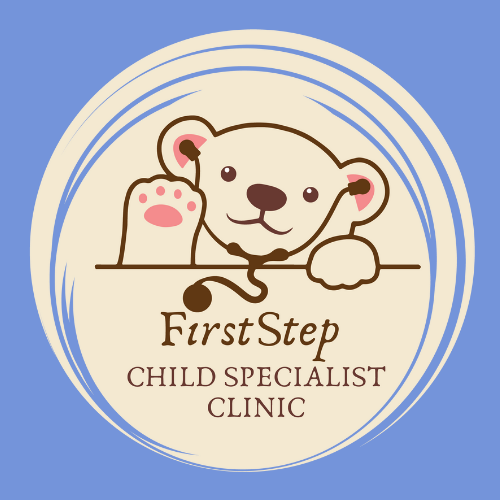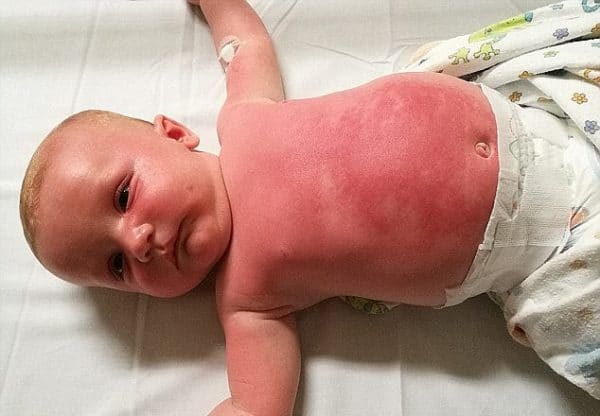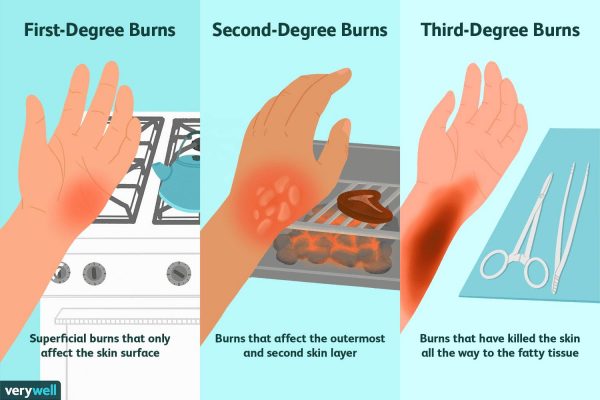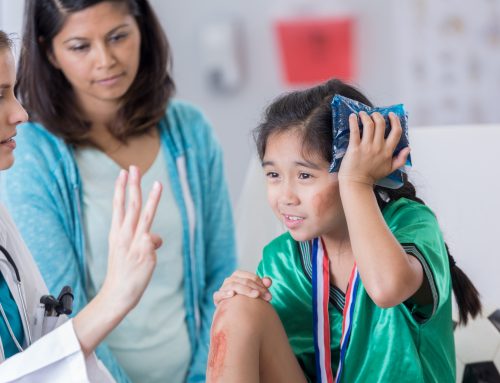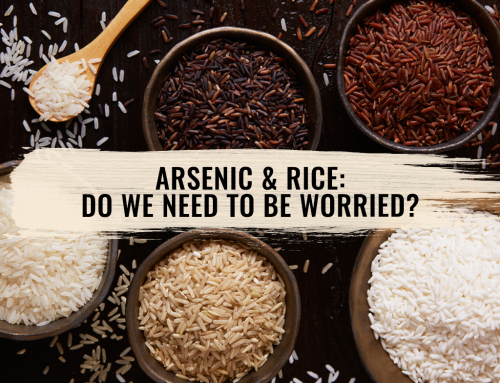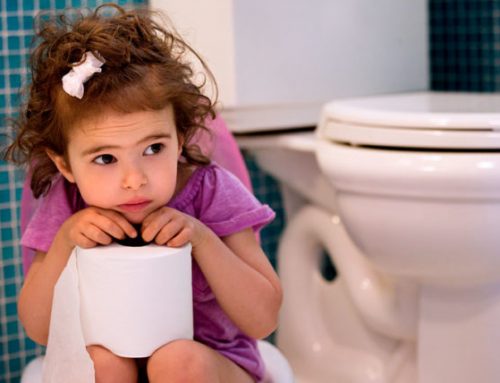Burns in Children
Not too long ago, we talked about how burns are common in children due to their curious nature and the lack of awareness. We also discussed ways to prevent burn injuries at home. However, despite being careful, accidents do happen. Hence, it is good to have some first aid knowledge on how to manage burns at home.
According to WHO, burns were the 11th leading cause of death of children aged 1 to 9 and were also the fifth most common cause of non-fatal childhood injuries. In Malaysia, statistics have shown that a child dies every two weeks from fire and burn injuries. The recent death from fire involved a 4 years old child from Mersing barely a week ago!
First Degree Burns
In general, burns are divided into first-degree, second-degree, and third-degree burns. First-degree burns are considered superficial wounds that can be treated at home. How does a first-degree burn look like? It is a dry wound with redness of skin.
When to get medical attention?
✅ Burns in children under 12 months
✅ All burns to the face, eyes, ears, hands, feet, private part and joints
✅ Large burns – any burn bigger than your hand
✅ If the burn encircles part of the body (circumferential)
✅ Electrical or chemical burns
✅ Any coughing, sore throat or difficulty in breathing as a result of inhaling smoke or fumes
First Aid for Burns
1. Expose the burn area
Remove any clothing, jewellery or diapers around the burnt area. However, if the skin has adhered unto the clothing, do not tug or pull to avoid further skin damage.
2. Stop the burning process
This step is the most crucial step to limit the area of tissue destruction. Put the burnt area under cool running water for at least 20 minutes. Do not immerse the injured area in cold water or ice. Burns to the eyes requires irrigation with plenty of water.
3. Cover the burn area with cling film
Applying cling film over the affected area can help to reduce pain as well as prevent heat loss through evaporation. Do not use any home remedies, butter or toothpaste over the injured area.
4. Treat the pain
Pain from burns can be severe. Before getting medical attention, it is safe to serve either paracetamol or ibuprofen for pain relief. Always ensure the dose serve is correct.
5. Keep warm
A child with burns involving a large area has a higher risk of hypothermia (low body temperature). Use blankets or layers of clothing but avoid the injured area.
6. Sit upright
Avoid lying down if the face or eyes are burnt as this will help to reduce the swelling.
Superficial burns (first-degree burns) can be treated at home. These type of burn wounds should be kept dry, and mild antiseptic cream can be applied.
Related articles:
https://drjoannchildspecialist.com/is-your-home-a-safe-place/
INTERESTED IN PARENTING ARTICLES?
We have the right articles just for you.
“There is no such thing as a perfect parent. So just be a real one.” – Sue Atkins
